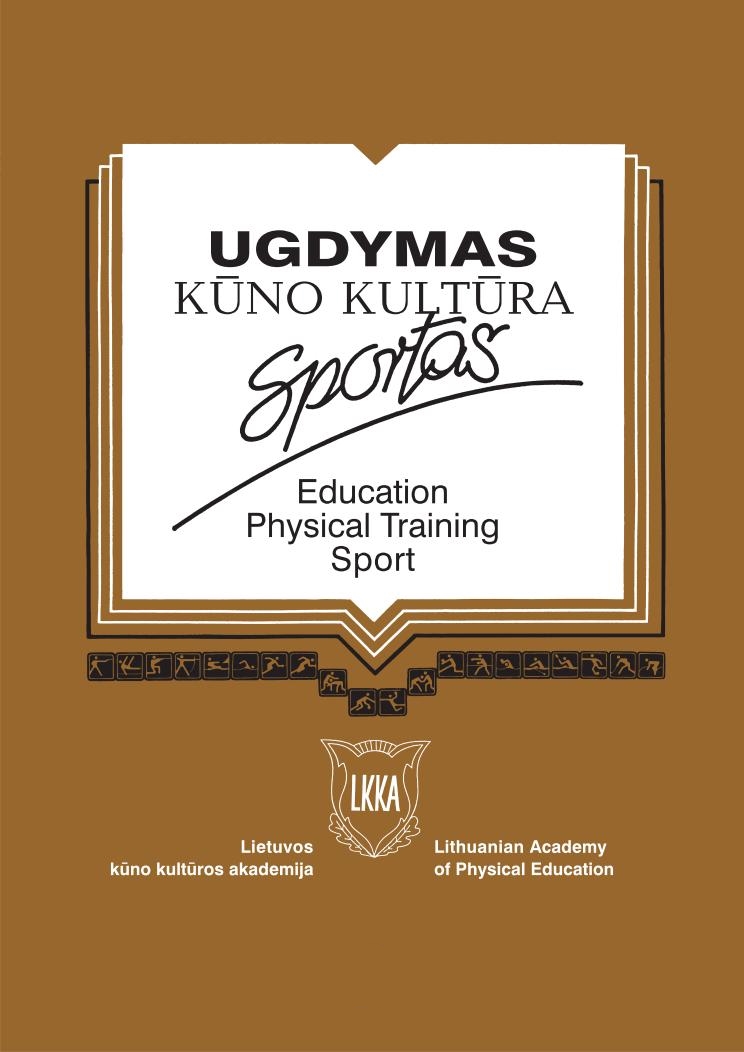Interrelation between Exercise Heart Rate, Post-Run Systolic Blood Pressure, and Myocardial Structure in Distance Runners
Abstract
Endurance running is an exercise practiced by athletes in many sports. Being benefi cial to health, it is also under-
taken by a great number of non-athletic individuals. Rigorous endurance training frequently induces symmetric (i. e.
both ventricular chamber dilation and wall thickening) myocardial hypertrophy, which is a physiological adapta-
tion. Although distance running is a sport associated with haemodynamic volume rather than pressure overload, in
addition to enlarged cardiac output, systolic arterial blood pressure also considerably increases during running. The
extent of the cardiac hypertrophy was shown to be correlated with peak blood pressure measured during laboratory
exercise. However, the predominant type of myocardial hypertrophy (the ratio between the myocardial wall thickness
and chamber size) in endurance runners remains contradictory, and the majority of the responsible factors are still to
be determined. The aim of this study was to determine possible correlations between post-run systolic blood pressure
and myocardial hypertrophy in endurance runners.
Standard transthoracic two-dimensional M-mode echocardiography was performed in white adult male distance
runners (n = 49) of national level within four weeks of treadmill testing, which was a non-continuous incremental
exercise test employed for the determination of the heart rate as well as post-exertional systolic blood pressure re-
sponse. Runners’ training volume (evaluated as the average number of hours per week spent training averaged over
the past four weeks) correlated (p < 0.05) positively with the left ventricular (LV) wall thickness but not with the
cavity size or LV mass (p > 0.05). Training volume also positively correlated with systolic blood pressure response to
exercise (p < 0.05), but negatively with submaximal exercise heart rate (p < 0.01). Post-run systolic blood pressure
correlated positively with LV wall thickness and LV concentricity (namely, the ratio between the myocardial wall thick-
ness and chamber size) (p < 0.05), but no signifi cant correlation of any of the LV size parameters with resting heart
rate, blood pressure, or systolic blood pressure in 2 to 4 min during the recovery period was revealed. Submaximal
and maximal heart rate correlated signifi cantly and negatively with LV wall thickness, LV mass, and systolic blood
pressure measured immediately after running (p < 0.05).
Training volume and post-run systolic blood pressure have been found to correlate positively with LV wall thickness
and concentricity in white adult male distance runners. Negative correlation of exercise heart rate has been found
with the post-exercise systolic blood pressure, LV wall thickness, and LV mass.
Keywords: myocardial hypertrophy, pressure overload, echocardiography, athlete’s heart.






